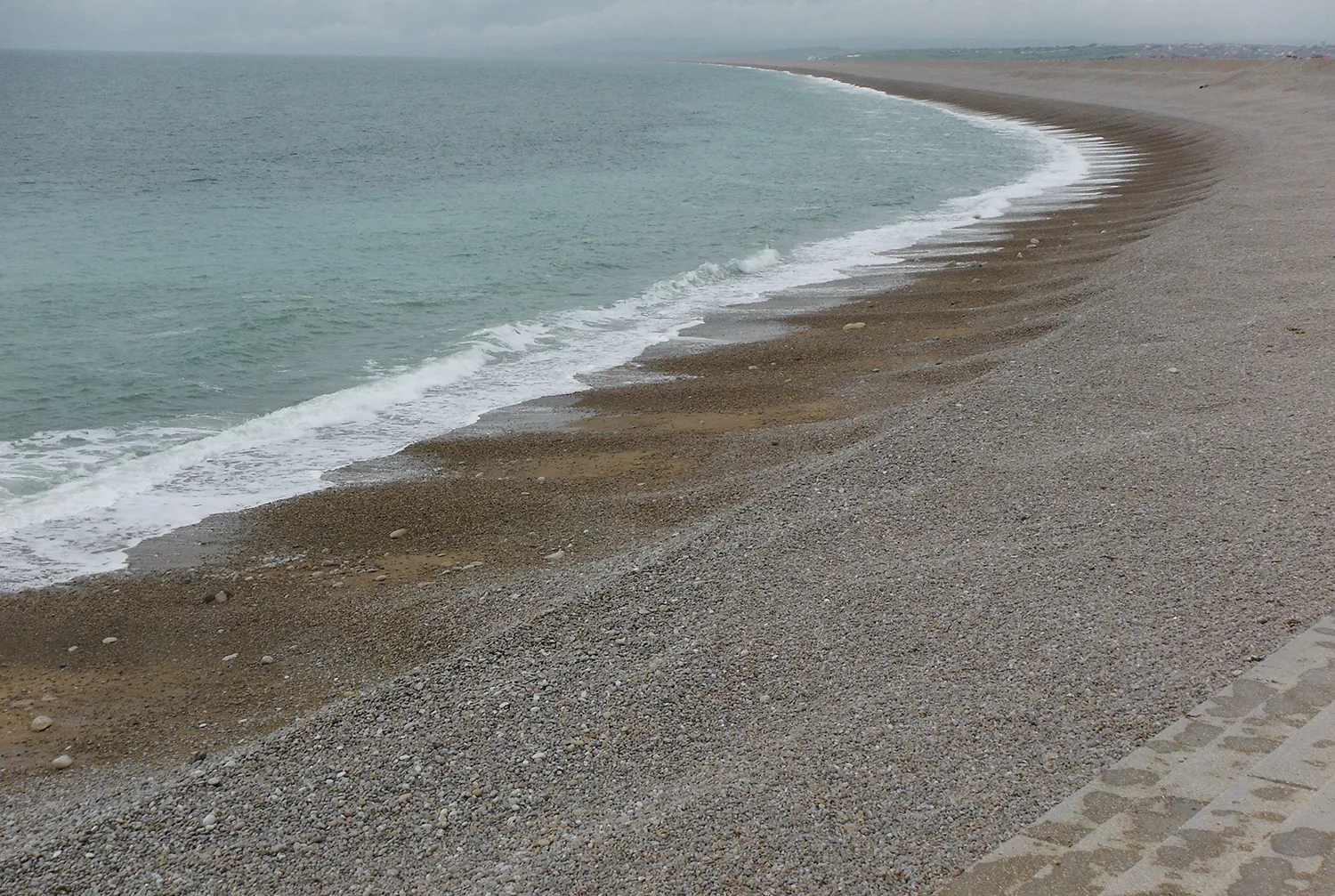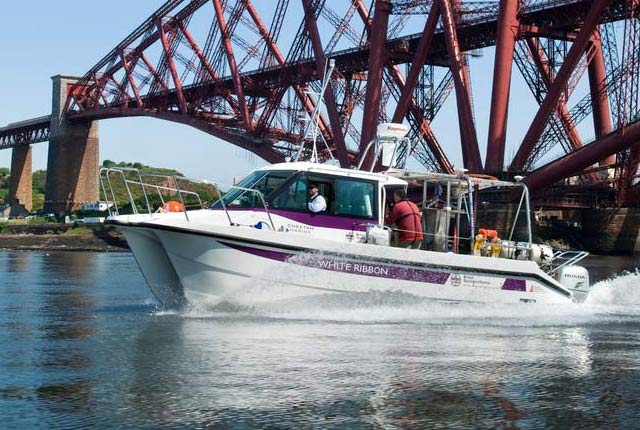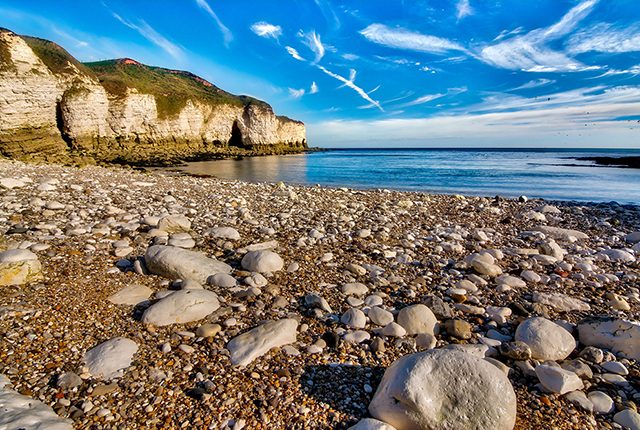Beach and barrier systems characterised by a predominant gravel fraction, encompassing ‘pure,’ ‘compound,’ and ‘mixed sand/gravel’ configurations and collectively referred to as ‘gravel barriers,’ are prevalent both across the UK and worldwide. It is widely acknowledged that gravel-barrier shorelines provide crucial natural flood protection to numerous coastal communities. Their establishment and enhancement are increasingly being recognised as sustainable, nature-based adaptation measures that enhance natural capital.
However, effective management is imperative to ensure the continued efficacy of gravel barriers in mitigating coastal erosion and flooding risks. Currently, our understanding and modeling capabilities of gravel beach and barrier dynamics significantly trail those of their sandy counterparts.

Chesil Beach, Weymouth, Dorset. BGS © UKRI.
Find out more about our research

Sea floor: marine geoscience
Providing independent and expert geological advice, research and data acquisition to anyone working in the marine environment.




